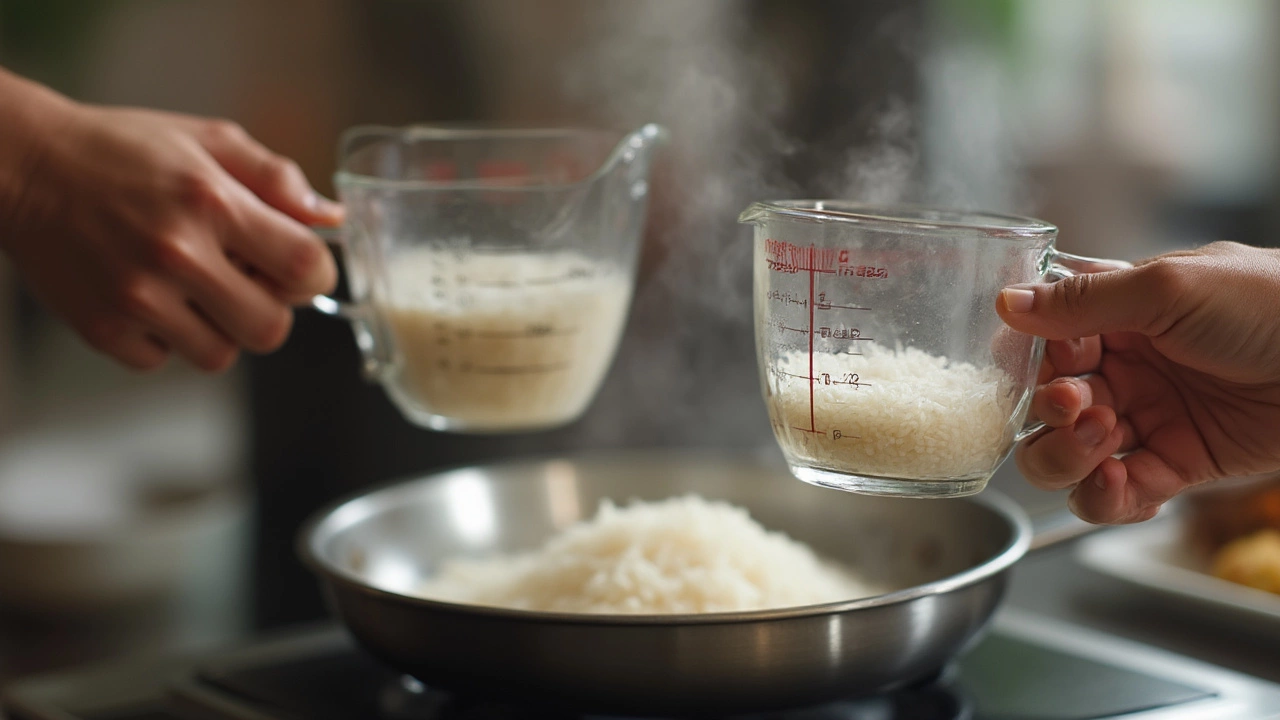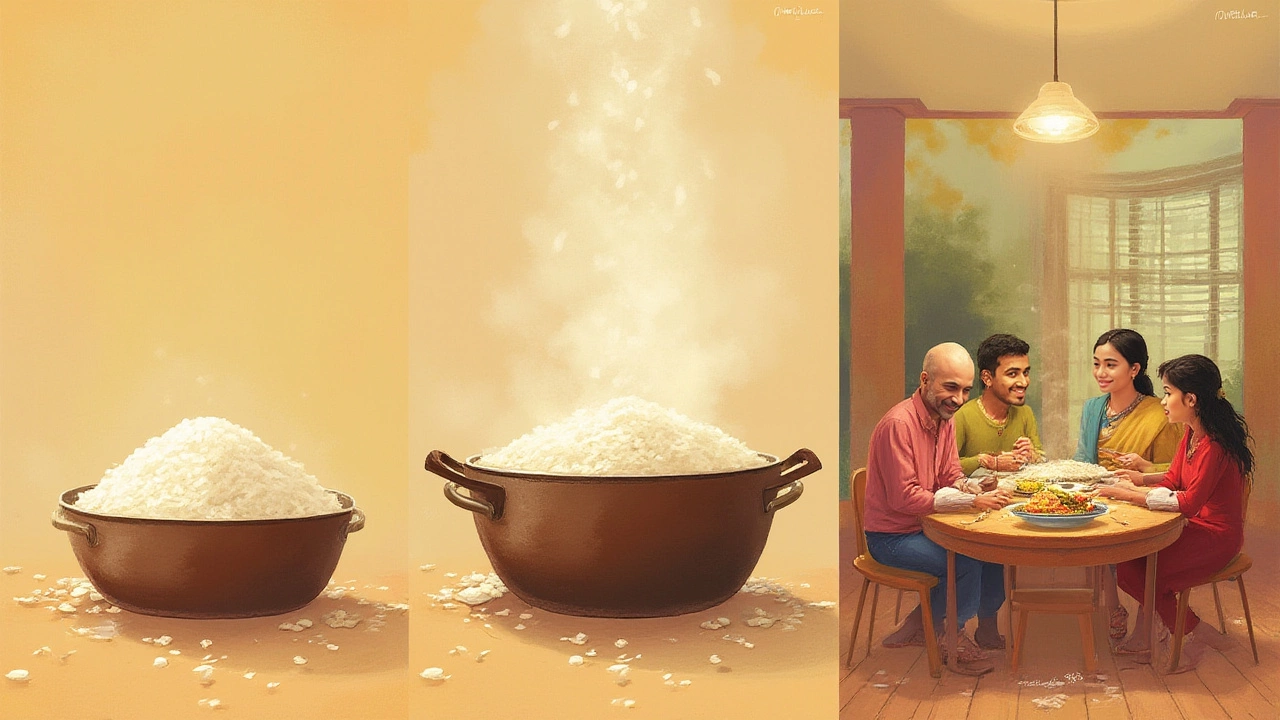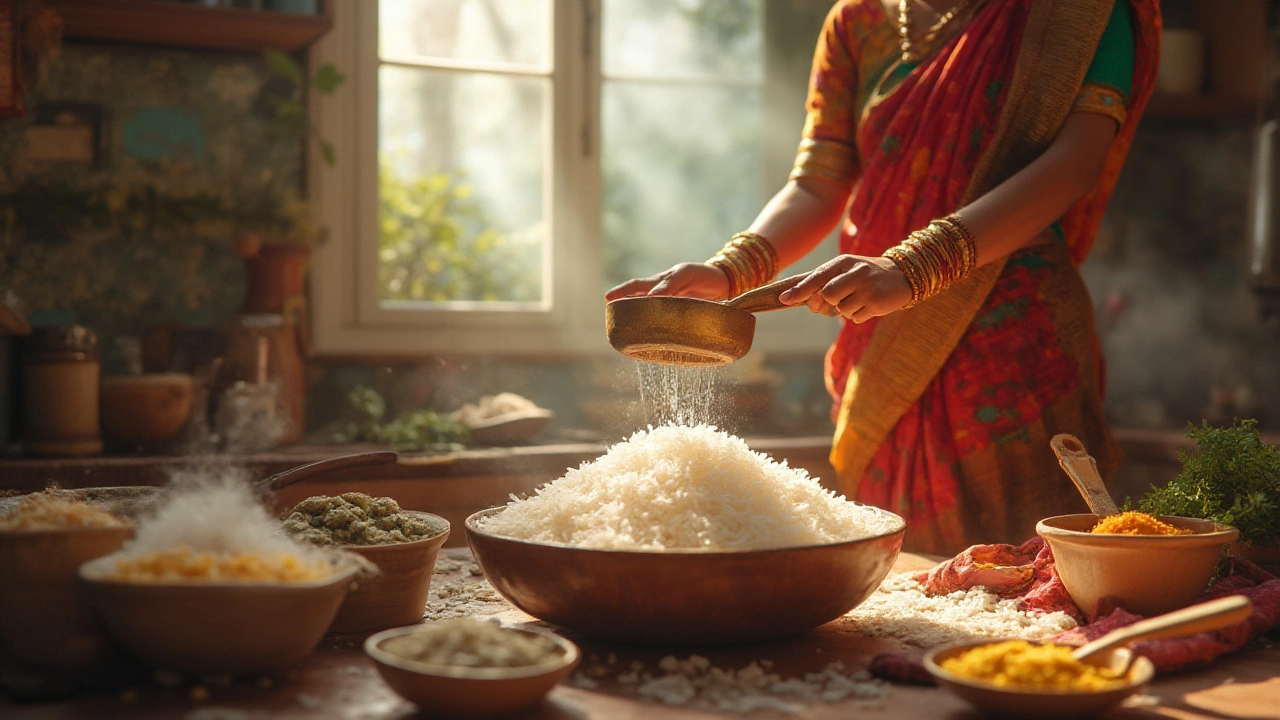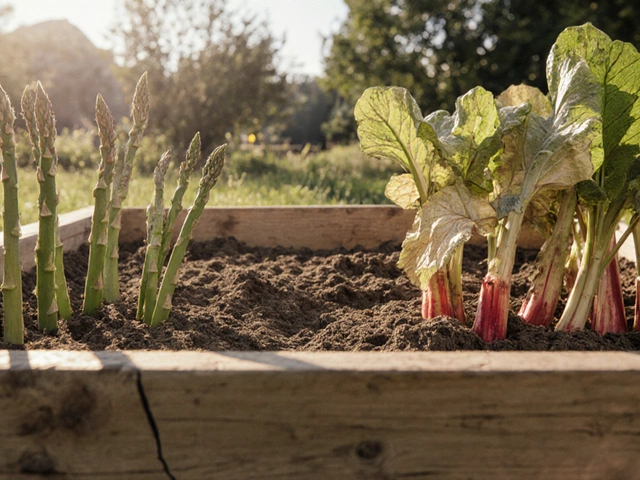Rice is basically magic in a bag. Just a simple cup, toss in some water, and suddenly you’ve got enough for a whole dinner. But how much does a single cup truly make? People have been asking this for ages—often turning to Google with less-than-satisfying answers. Let’s clear it up, once and for all, so you never end up with rice for thirty when you only needed enough for three, or worse, a sad half-bowl when you’re counting on seconds.
The Science of Rice Expansion: Why Size Really Does Matter
If you look at a cup of dry rice, it doesn’t seem like much. Doesn’t smell like much, either. Someone could walk past it in a pantry and not even blink. But toss that same cup into the pot, pour in some water, give it heat, and something kind of wild happens—expansion! Rice pulls water into those tiny grains, plumping up to about three times its original dry size. On average, one cup of uncooked white rice will turn into roughly three cups of cooked rice. Brown rice yields a bit less, usually closer to 2½ cups for every dry cup because the outer bran keeps it a little more rigid.
Sticky rice, which you’ll spot at a good Thai joint, actually absorbs even more liquid because the starches break down and get gooier. Jasmine and Basmati, the aromatic crowd-pleasers, both yield just over three cups of fluffy deliciousness per dry cup—so yes, if you’re making a curry for friends, white rice is your economical bet. This isn't a random kitchen guesswork: a food lab test in the US (and yes, that's a real thing) confirmed those stats in 2020. A single serving is usually considered around half a cup of cooked rice per person, so a single cup of uncooked grains translates into a meal foundation for about six people—unless you live in a house of athletes or teens in which case, double up.
Cooking technique also matters. Stove-top and rice cookers usually stick to the 1:3 ratio, but microwave cooks might see a tad less because of quick evaporation, especially if you forget the lid! Even altitude plays a sneaky role: water boils at lower temps up in the mountains, so those in Wellington’s hills or Queenstown heights may notice their grains not plumping quite as much. Takeaway: the 1:3 magic is a strong baseline, but check your pot and your location if you’re living extreme.
Types of Rice: Does the Variety Really Change the Yield?
Walk into a supermarket and you might spot a dozen different bags, each promising its own unique taste, aroma, and—sometimes overlooked—yield. Here’s the deal: short-grain white rice, the kind that makes up most everyday meals, fits the classic expansion model. Long-grain like Basmati or Jasmine packs a slightly lighter, fluffier volume, but still sits around that three-to-one ratio. Brown rice, wild rice, and blends won’t blow up quite as much. Due to their fibrous outer layers, they hold their shape and keep the yield contained to closer to 2 to 2.5 cups per dry cup.
If you’re after sushi—short-grain sticky rice—don’t be surprised by almost 3½ cups per cup, especially if rinsed well before cooking. Arborio rice, famous for risotto, stays creamy and close to three cups because it soaks up stock like a sponge. Black and red rice, those trendy whole-grain health stars, sit nearer to 2 cups per cup of dry.
For clarity, check this quick table breakdown:
| Rice Type | Uncooked Yield (per 1 cup dry) |
|---|---|
| Long-grain White (Jasmine, Basmati) | ~3 cups |
| Short-grain White (Sushi, Arborio) | 3 - 3.5 cups |
| Brown Rice | 2 - 2.5 cups |
| Wild Rice | 2 - 2.5 cups |
| Black/Red Rice | 2 cups |
| Sticky/Glutinous Rice | 3.5 cups |
So, if you’re aiming to maximize that grocery dollar, white rice or sticky sushi rice is the clear winner. For flavor and nutrients, those denser grains hold their own—and some argue they’re worth a slightly lower yield for the nutrition kick.

Cooking Methods: How Each Style Impacts Yield
There’s almost nothing more divisive than how people cook rice—ask around, and you’ll hear everything from “boil and drain” to “let it steam” to “throw it in the rice cooker and walk away.” The method matters more than people think. Those following the absorption method (boil, then steam with the lid on) almost always get full yield. The rice soaks up the water, and you barely have to do anything except fluff it at the end.
Rice cookers take out pretty much all the guesswork and almost guarantee you hit that three-times yield. That’s part of why people here in Auckland swear by them—set and forget, never burnt, never mushy, and easy cleanup. If you’re using a microwave, though, all bets are a bit off. Higher heat and open-topped bowls lose steam like no tomorrow, so you’ll end up with cooked rice but maybe closer to 2½ cups instead of the full tripling.
The boiling and draining method—sort of a cheat for people who always end up burning the pot—has its own quirks. You get a softer rice, for sure, but if you’re not careful about draining immediately and thoroughly, the extra water stops the grains from swelling as much. Your yield drops fast, and your rice kind of sags. Same thing if you’re a fan of parboiled or “minute rice”—the processing has already taken out some expandability, so you’ll end up with maybe 2 to 2.5 cups for every cup you started with.
One neat trick: rinsing the rice before cooking. You’ll hear all sorts of reasons for this—some say it gets rid of excess starch, making the grains less sticky; others say it just tastes cleaner. Fact is, rinsing helps the grains separate once plumped, so you don’t end up with a gloopy mass. You lose a bit of rice (a few stray grains down the drain), but the texture is worth it, and the yield is hardly impacted. In truly sticky climates, using slightly less water can also help stop over-expansion, especially with cheap supermarket white rice, which isn’t always sorted well at the mill.
Have you ever tried letting the rice rest for five to ten minutes after cooking, lid on, off the heat? Steam keeps working, grains finish up and the final yield is fluffier and just a touch bigger. If you’re in a rush, even a minute of this “rest” makes a difference.
Portion Sizes and Meal Planning: Never Cook Too Little (Or Too Much!)
So we know a single cup of uncooked rice yields about three cups when cooked. What does that look like on your plate? If you’re eating rice as a side, think half a cup per person—not much, honestly, but plenty for something like grilled fish or a veggie stir-fry. Two hungry adults and a kid will barely dent a full cup’s worth of raw grains.
If rice is the meal’s star—think fried rice, a rice salad, or a steaming bowl with saucy stew—bump it up to about one cup of cooked per person. At a party or potluck, always assume at least one full cup cooked per guest, because cold rice makes great leftovers. Wondering about those feasts where the rice disappears in seconds? That’s probably the sneaky effect of people loving extras: double if you’re hosting big families or a student flat.
If you’re meal-prepping, the math is simple. Cook two cups of dry rice—you’ll get six packed cups of the good stuff, easily enough for a week of lunches or for freezing. Always cool and store cooked rice quickly, though. Food safety studies from NZ’s ministry showed rice left at room temperature can grow bacteria fast (especially Bacillus cereus). Throw it in an airtight container in the fridge within an hour for best results.
For reference, here’s a breakdown matching rice to serving numbers:
| Uncooked Rice | Cooked Yield | Standard Side Servings | Main Course Servings |
|---|---|---|---|
| 1 cup | 3 cups | 6 | 3 |
| 2 cups | 6 cups | 12 | 6 |
| 3 cups | 9 cups | 18 | 9 |
When cooking for a crowd, always have a bit more than you think you’ll need. Leftover rice stores well, turns into fried rice, rice pudding, or even a quick soup thickener. Plus, nobody ever complained about extra rice in the fridge—not around here, anyway.

Troubleshooting Your Rice: More Than Just Yield
No one wants to end up with gluey or crunchy grains, no matter how much rice you started with. The secret to perfect yield isn’t just water ratio or rice variety—it’s the way you treat it. Too little water, and you get a chewy, half-yield mess. Too much, and it’s mush that won’t hold shape. For white rice, stick to the classic: 1 cup rice to 2 cups water, a pinch of salt, and a tight lid. For brown rice or wild rice, it’s more like 2½ to 3 cups water to 1 cup rice, cooking longer so those firm grains have time to soak up every drop.
Don’t lift that lid mid-cooking—yes, you’re dying to peek, but lost steam knocks down the end yield every time. If you end up with a watery mess at the end, just tip the pan a little (while holding the lid) to drain excess liquid, then let it sit off the heat for five minutes. The residual steam finishes it off and brings your yield closer to target.
Rice sticking to the pot? A drop of oil or a knob of butter at the start helps. It creates a barrier between grain and steel—and lends a little gloss. Want it fluffier? Use a fork to gently lift and separate grains when it’s done, rather than smashing it with a spoon.
A final tip for eco-minded cooks: if you’re aiming to save energy and keep a lid on electric bills, batch-cook rice. One pot, enough for the week, then quick portions in the microwave for lunches or dinners. The yield stays steady, the effort drops, and you win twice—time and taste.
Have a leftover rice disaster? Don’t chuck it out. Day-old rice is the secret ingredient for unbeatable fried rice or onigiri (Japanese rice balls). At the end of the day, knowing how much rice a cup makes lets you save money, skip food waste, and always serve enough—whether you’re feeding a flat, a family, or just yourself.





